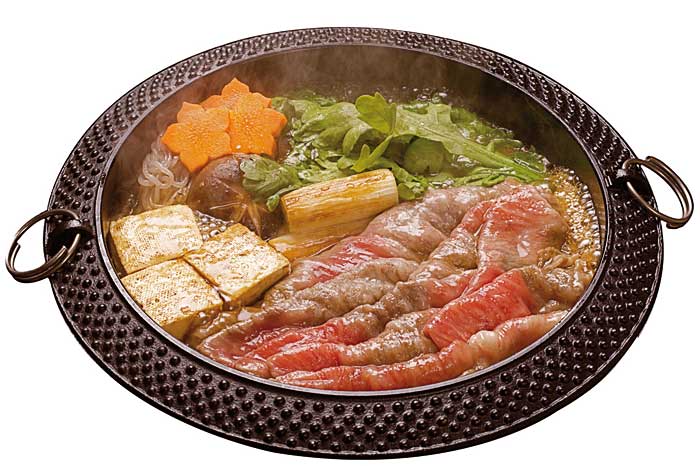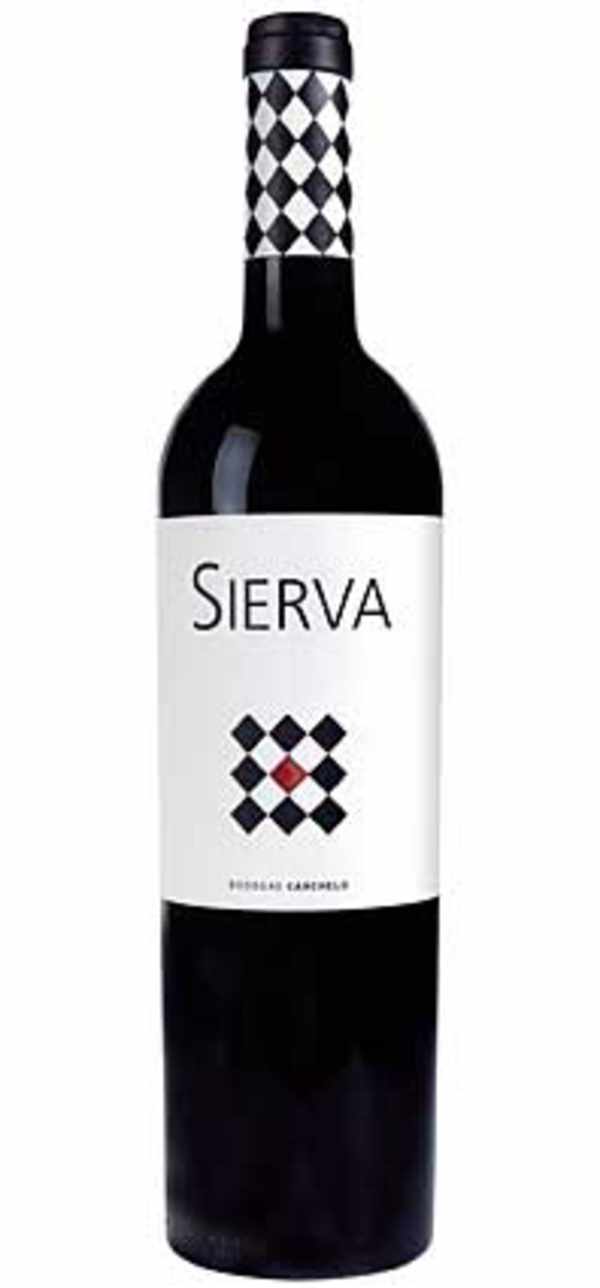Excerpt from the book “Pairings of spanish wines with exotic cuisines”.
Click to see the preparation of these dishes, in Asian recipes.
 Pueden ver la versión en español pinchando en Sierva
Pueden ver la versión en español pinchando en Sierva
Located in the Sierra del Carche Regional Park, with maximum heights up to 1371 metres, this winery has been a pioneer in Jumilla and all the Murcia region for many reasons, being the most remarkable one its policy of new quality wines, with the inclusion of foreign varieties which, when arrested with must from little known ones such as Monastrell, gave birth to some dazzling wines, vigorous, dense in colour, aroma and body, a new dimension in Spanish wine.
Step by step, the vineyards have reached their highest level and the wines are becoming sharpened, more elegant, always with that torrent of aromas of ripe black fruits, enhanced by the malolactic fermentation in barrels and the ageing in well-toasted new oak, which leaves balsamic aromas to complete that awesome range of nuances.
Sukiyaki
In the sixties, long before Japanese cuisine boomed in our society, a singer called Kyu Sakamoto got a hit with a ballad entitled “Ue o muite aruko”. Since nobody knew what it meant, a British producer called Louis Benjamin released it with his record label Pye Records as “Sukiyaki”. We did not know what it meant, either, but it was a success and that is how this vegetables and beef stew became a famous dish worldwide.
Traditionally, it was a festive dish which used to be cooked on a bonfire in the open country and the whole family ate from it, but since it became famous restaurants have developed sophisticated techniques to cook it on the table in customers’ view. Although it is not as well-known nowadays as it used to be, it is still very pleasant and tasty.
Pairing
The first time I tried a sukiyaki there were no wines like this in Spain, so I had to confine to one of those reserve red wines that were so fashionable in the seventies.
That was the idea, accompanying this complex stew with an aromatic red wine, but Carchelo has opened many doors I could not imagine of, since its fragrance turns every sip into a garnish of the dish, another ingredient in it.
It is such a powerful taste that I was concerned about the flavour of the vegetables, but they actually stayed untouched, perhaps because of the slight cooking in light soya sauce, which keeps vegetable flavours.
Despite the ageing, I advise consuming this wine at cellar temperature, about 15º/16º.

![]() Pueden ver la versión en español pinchando en Sierva
Pueden ver la versión en español pinchando en Sierva













